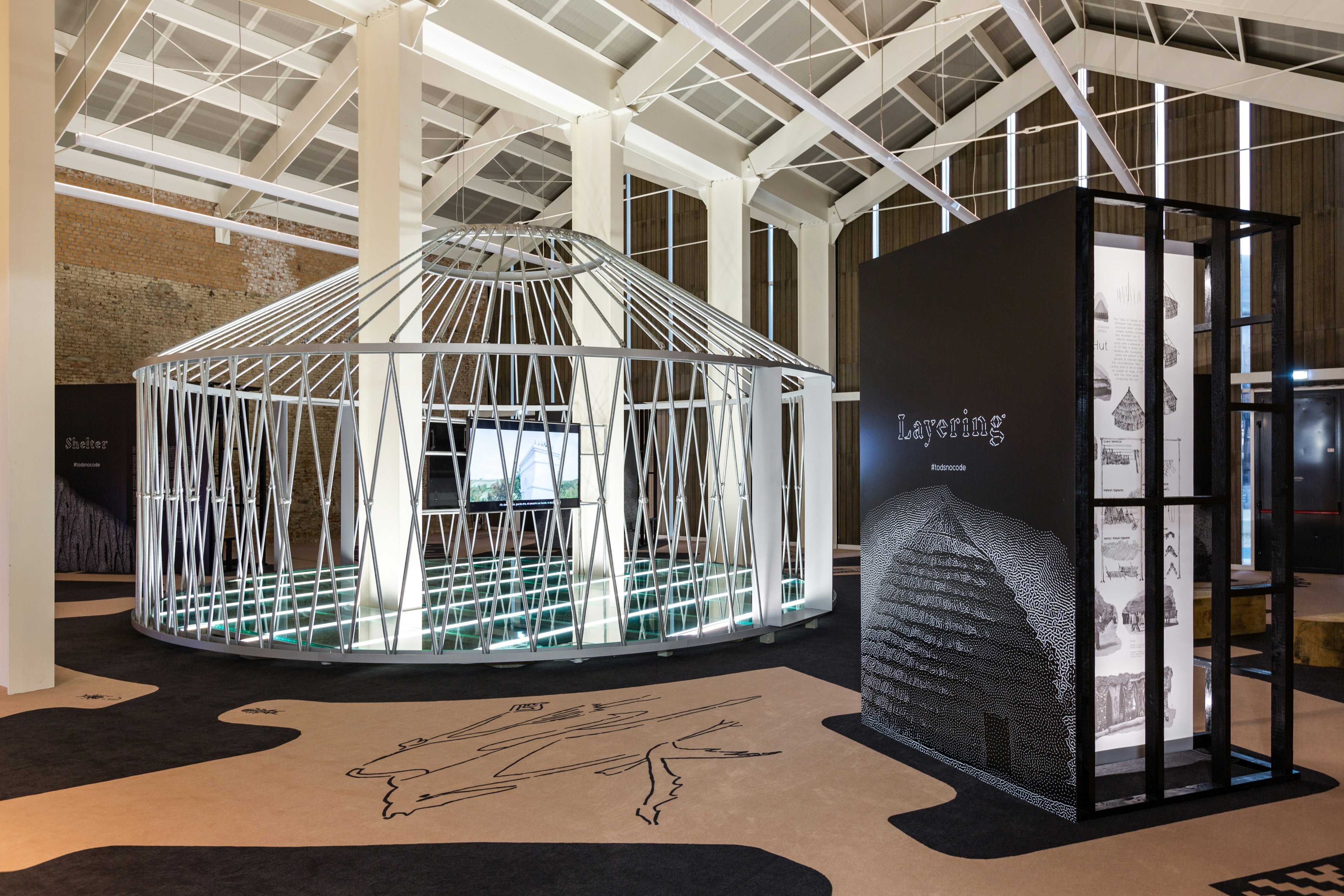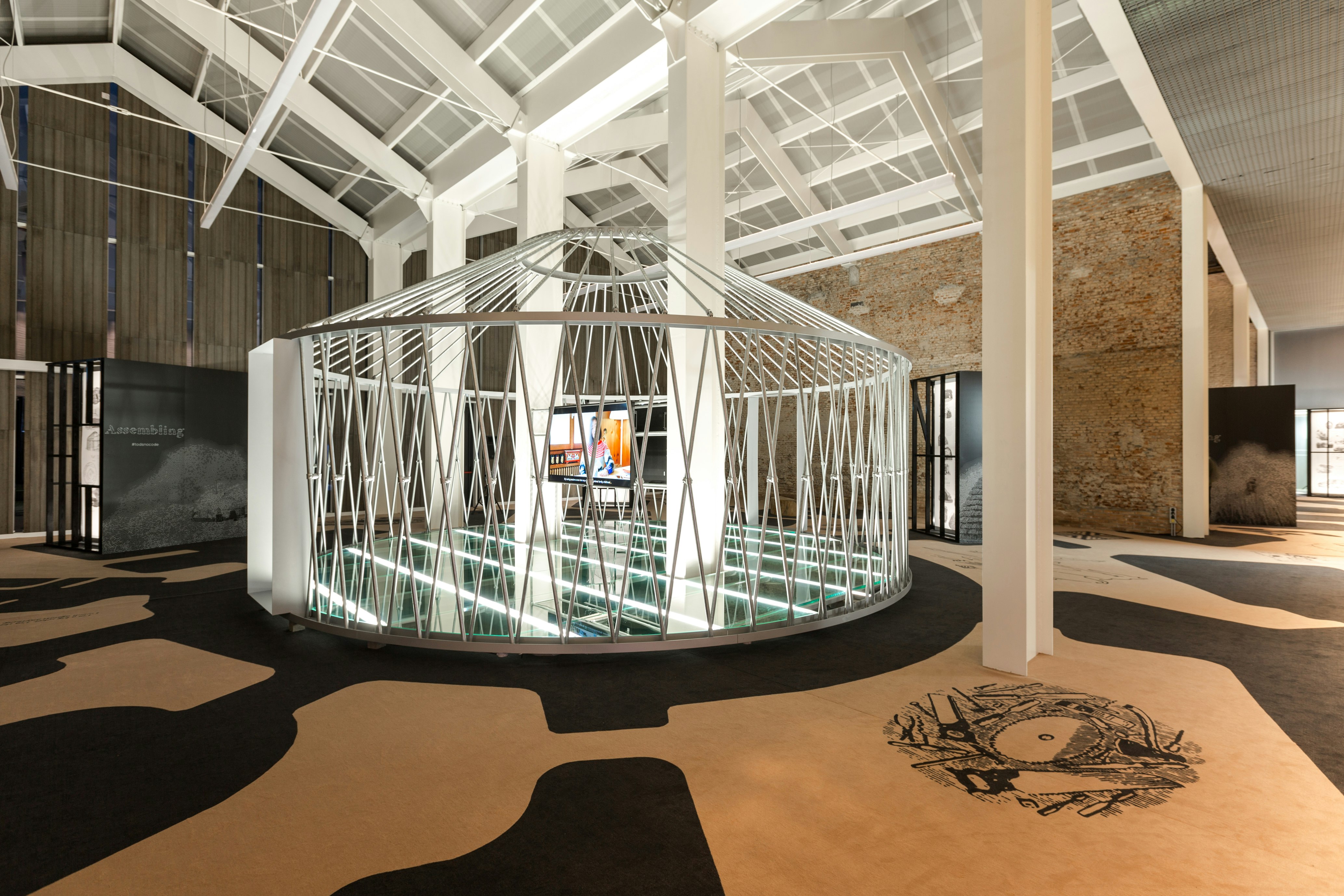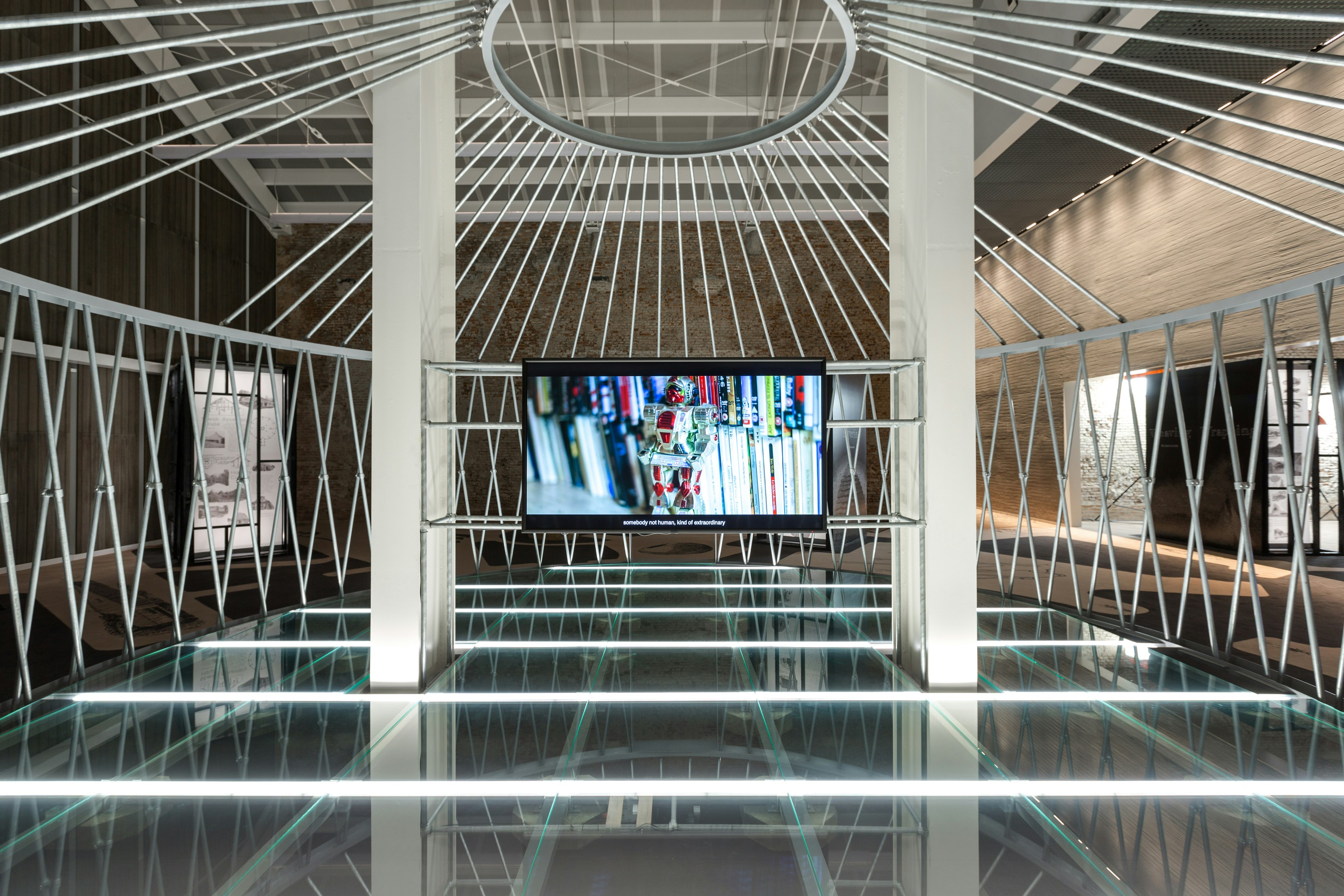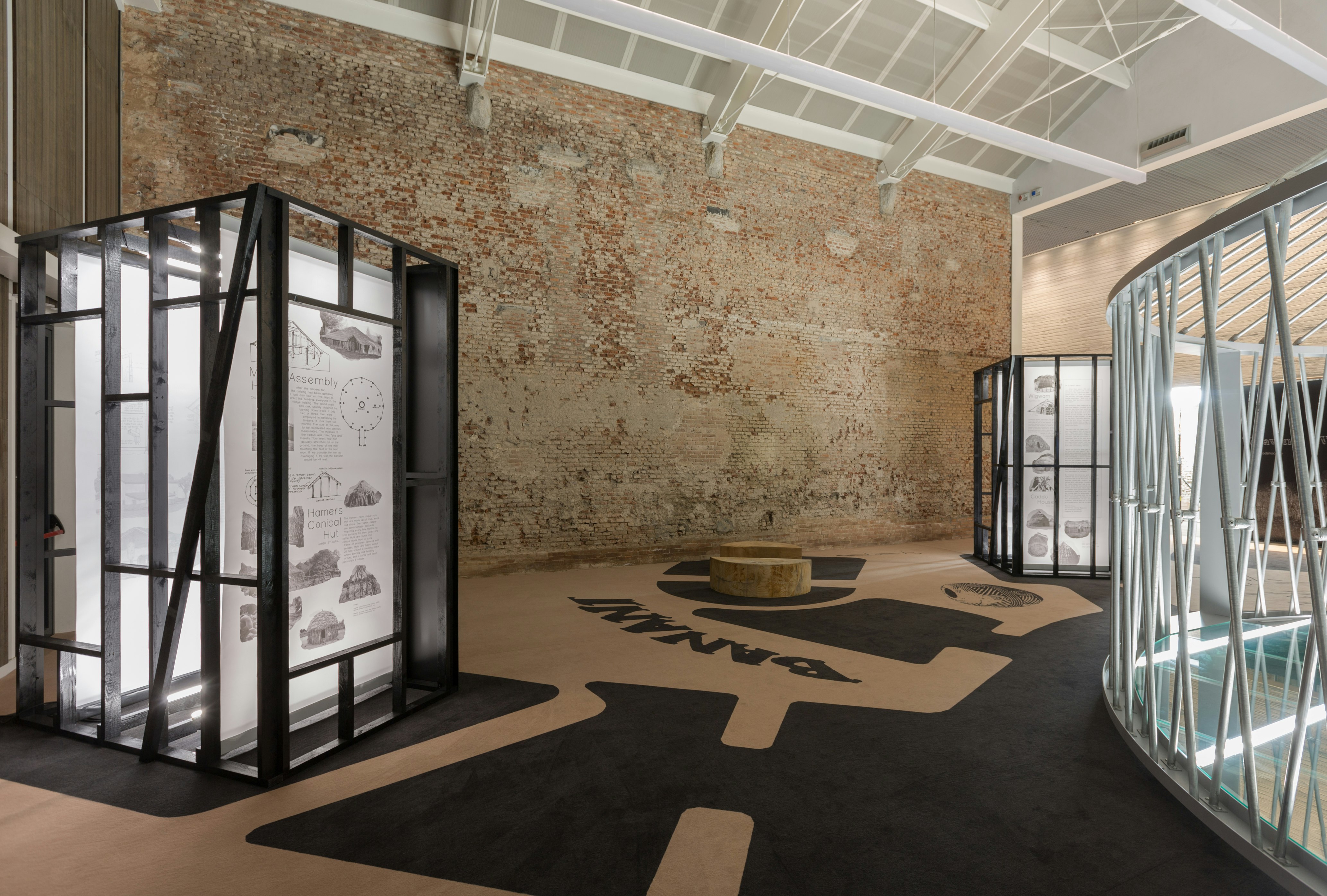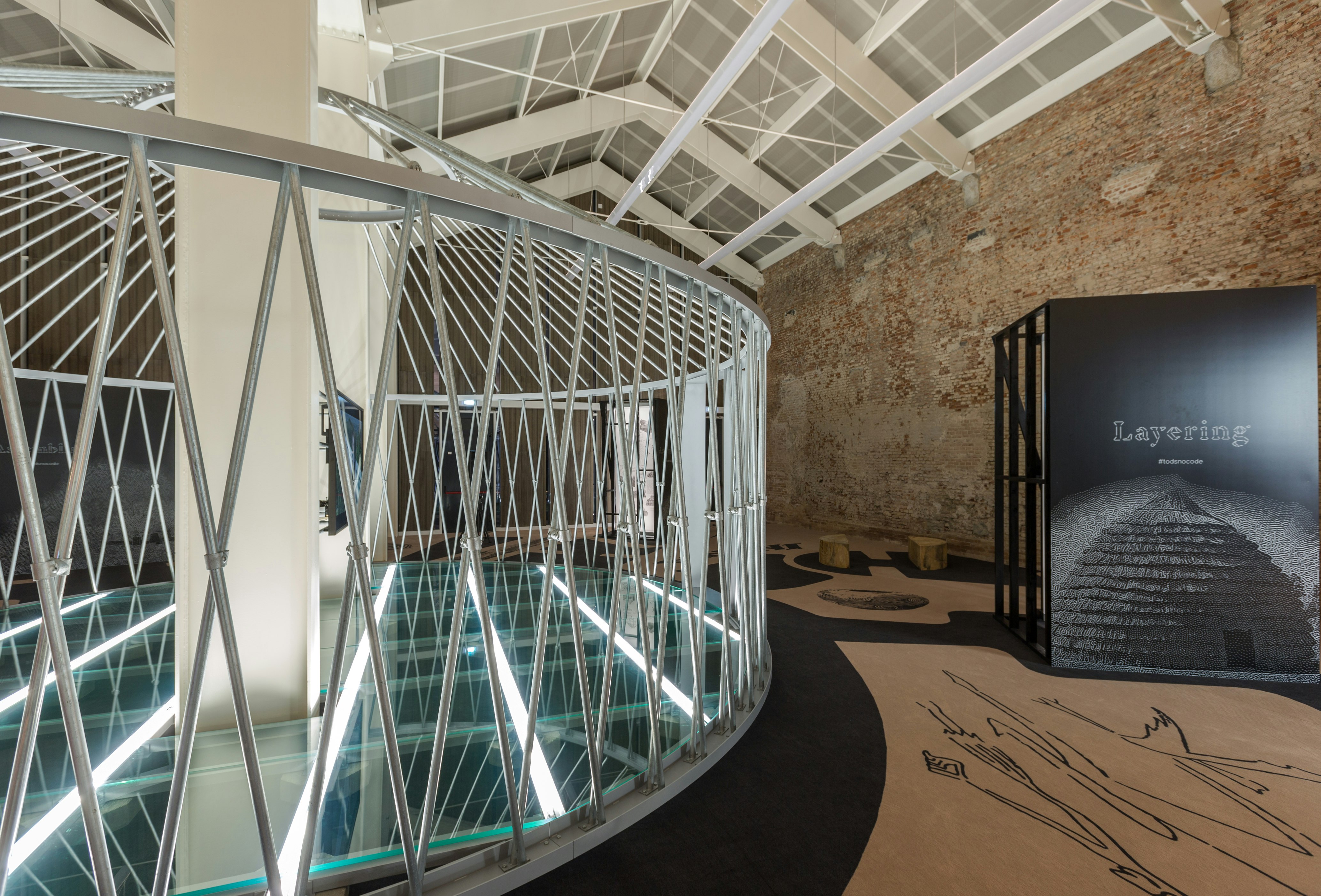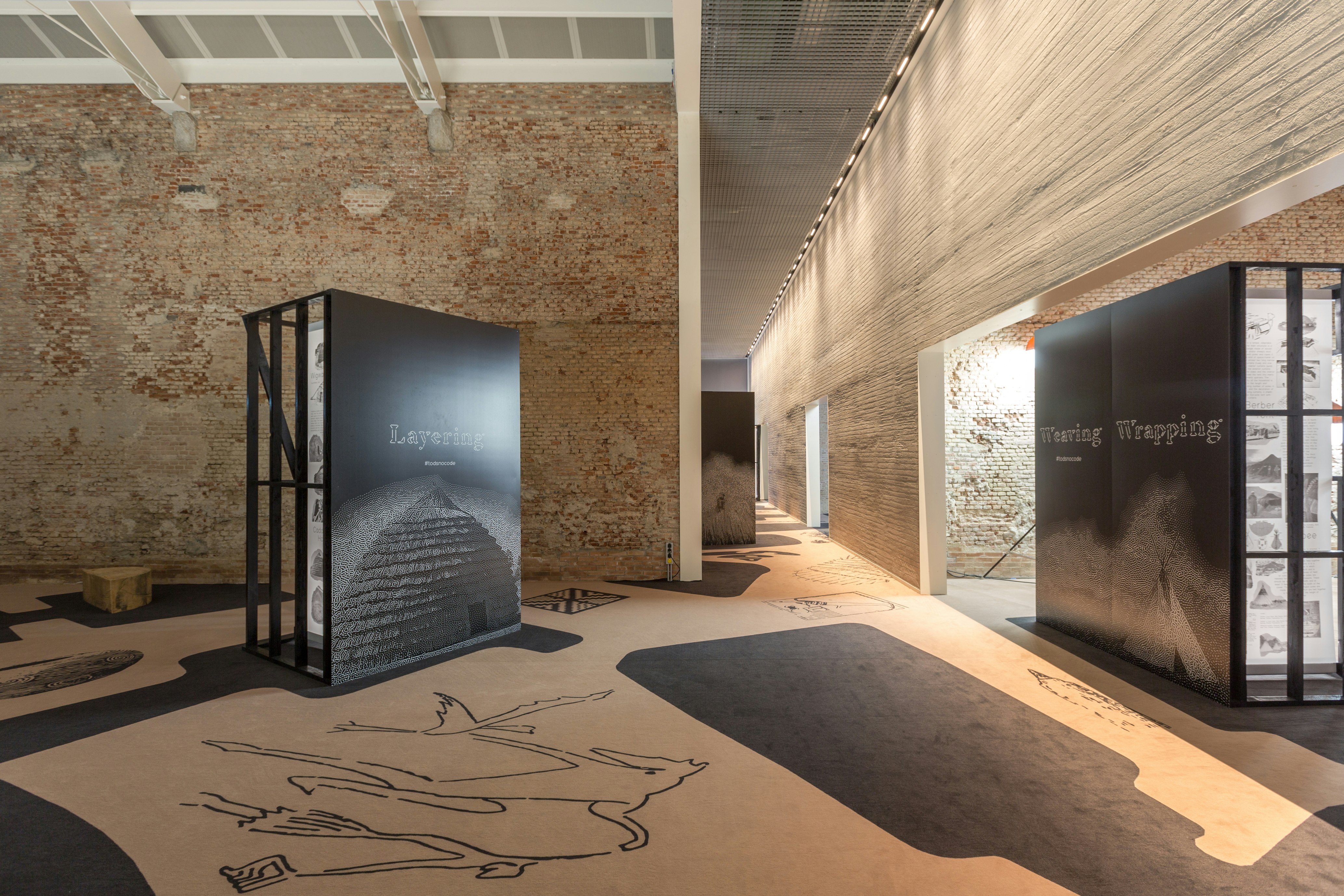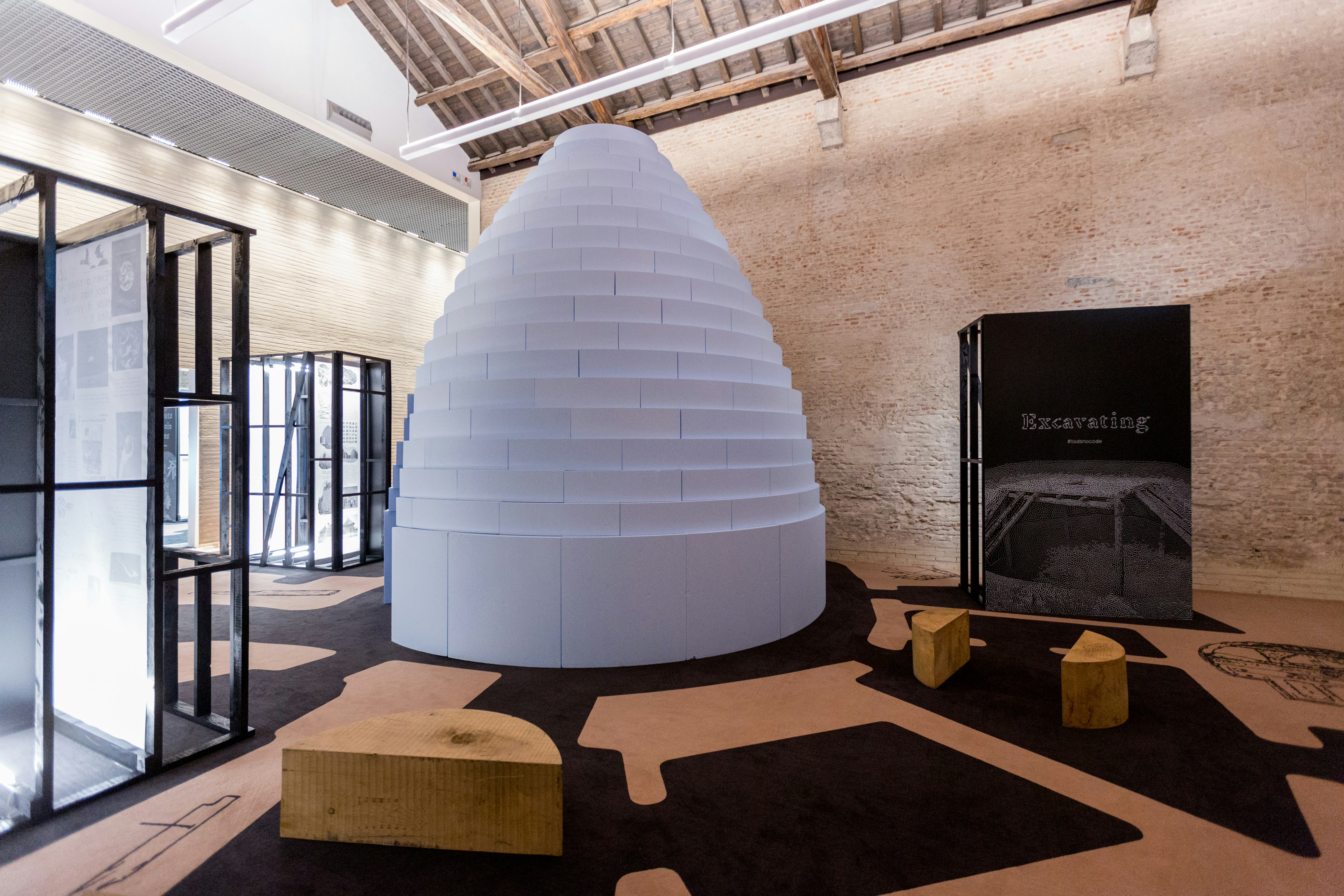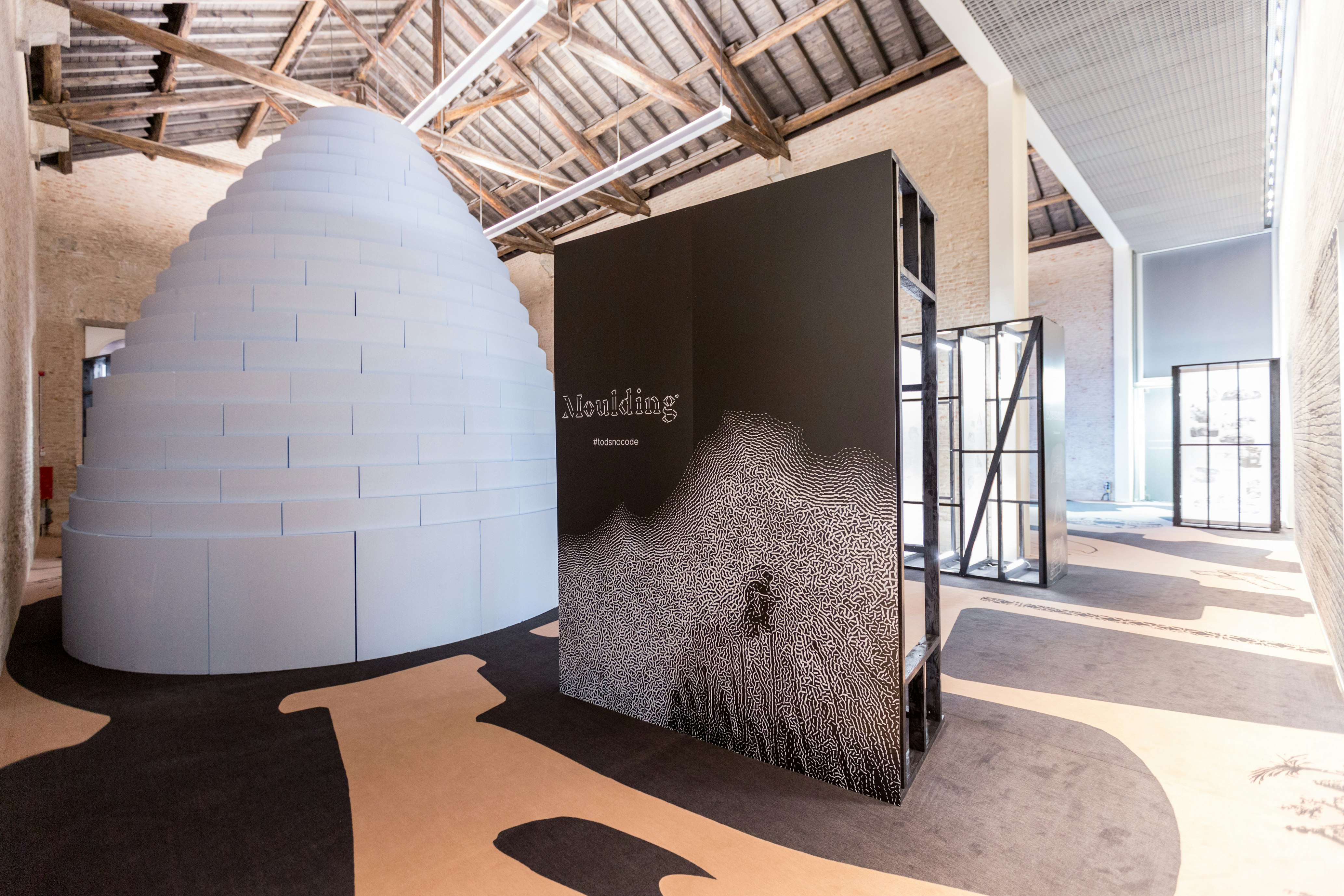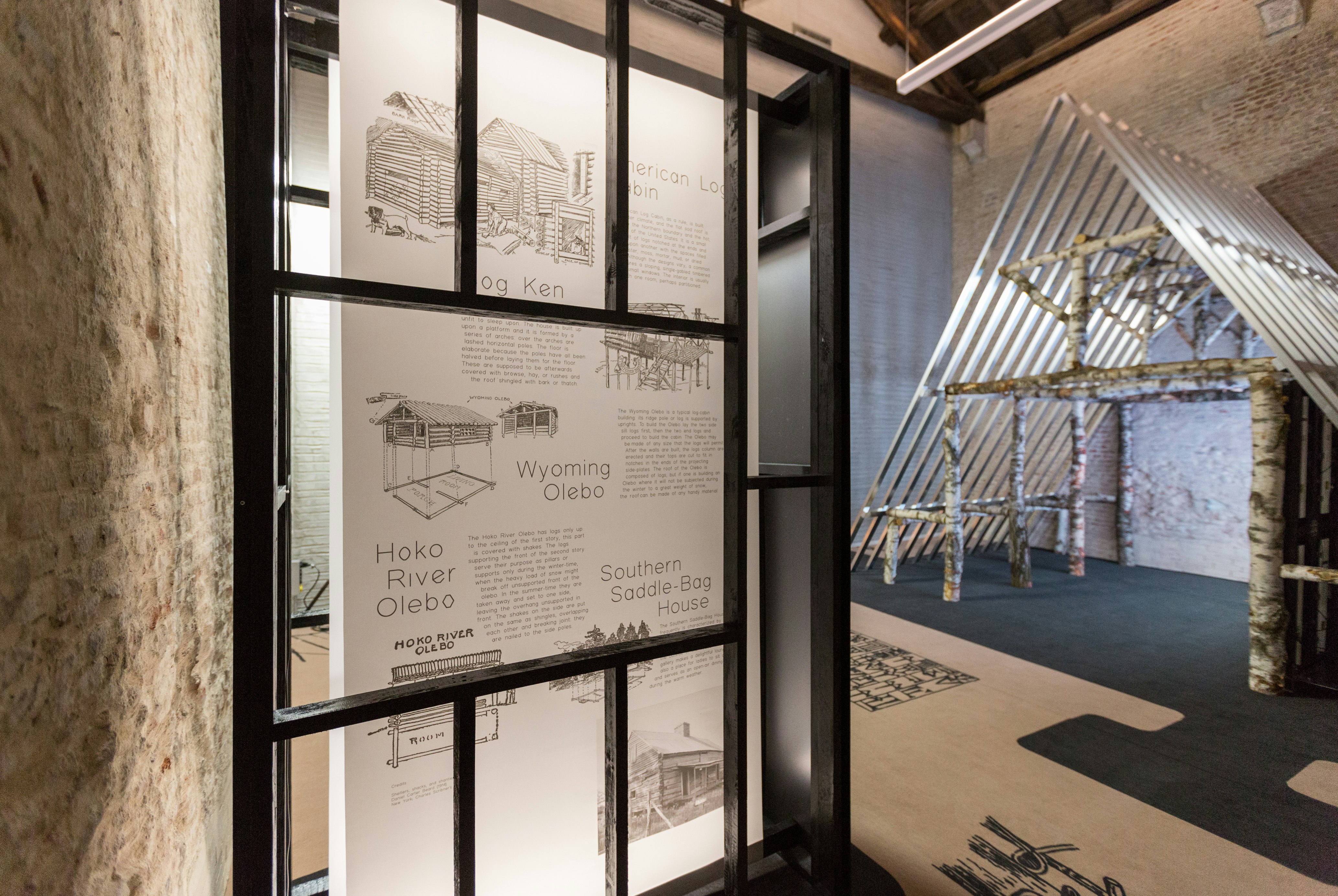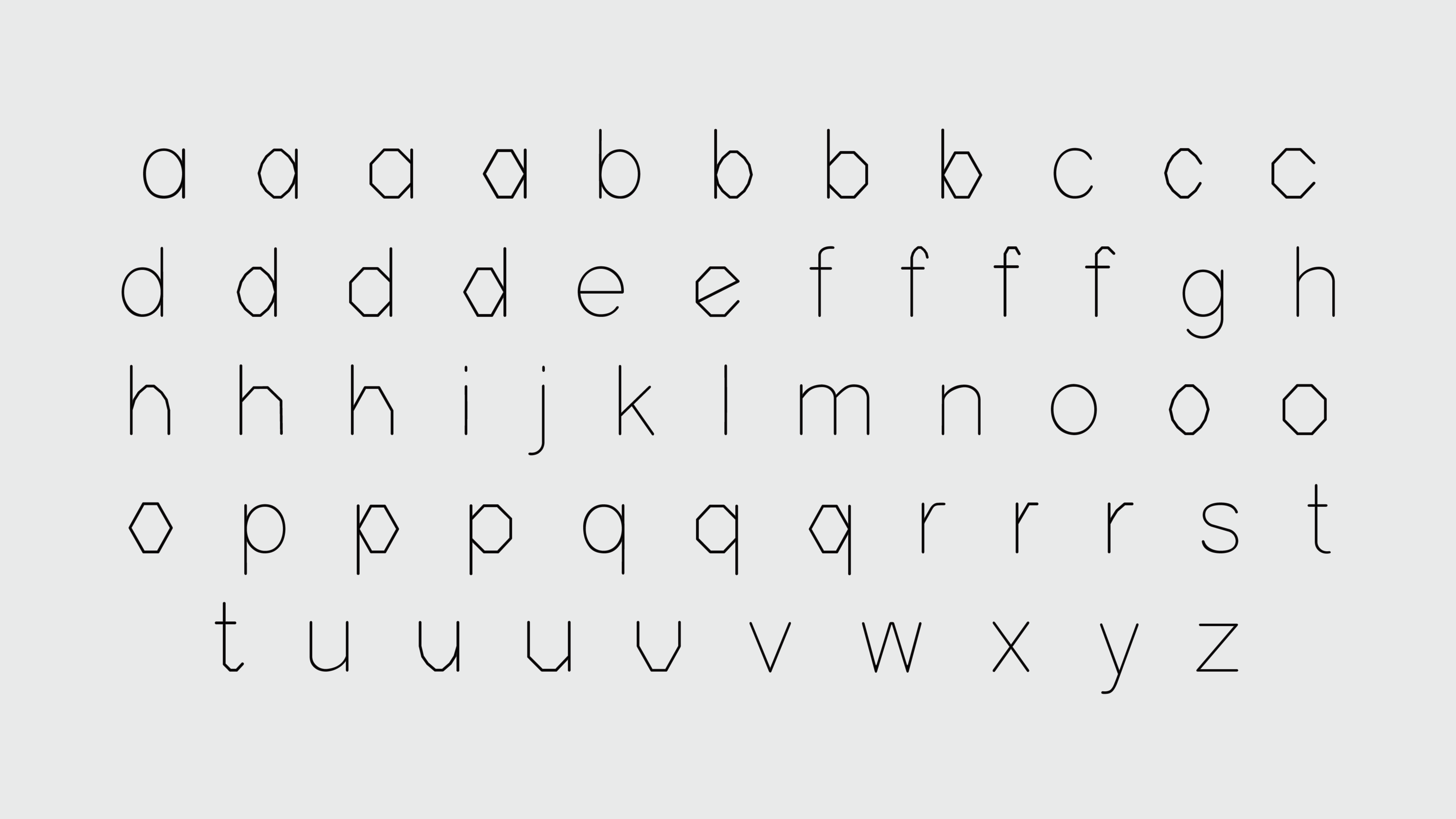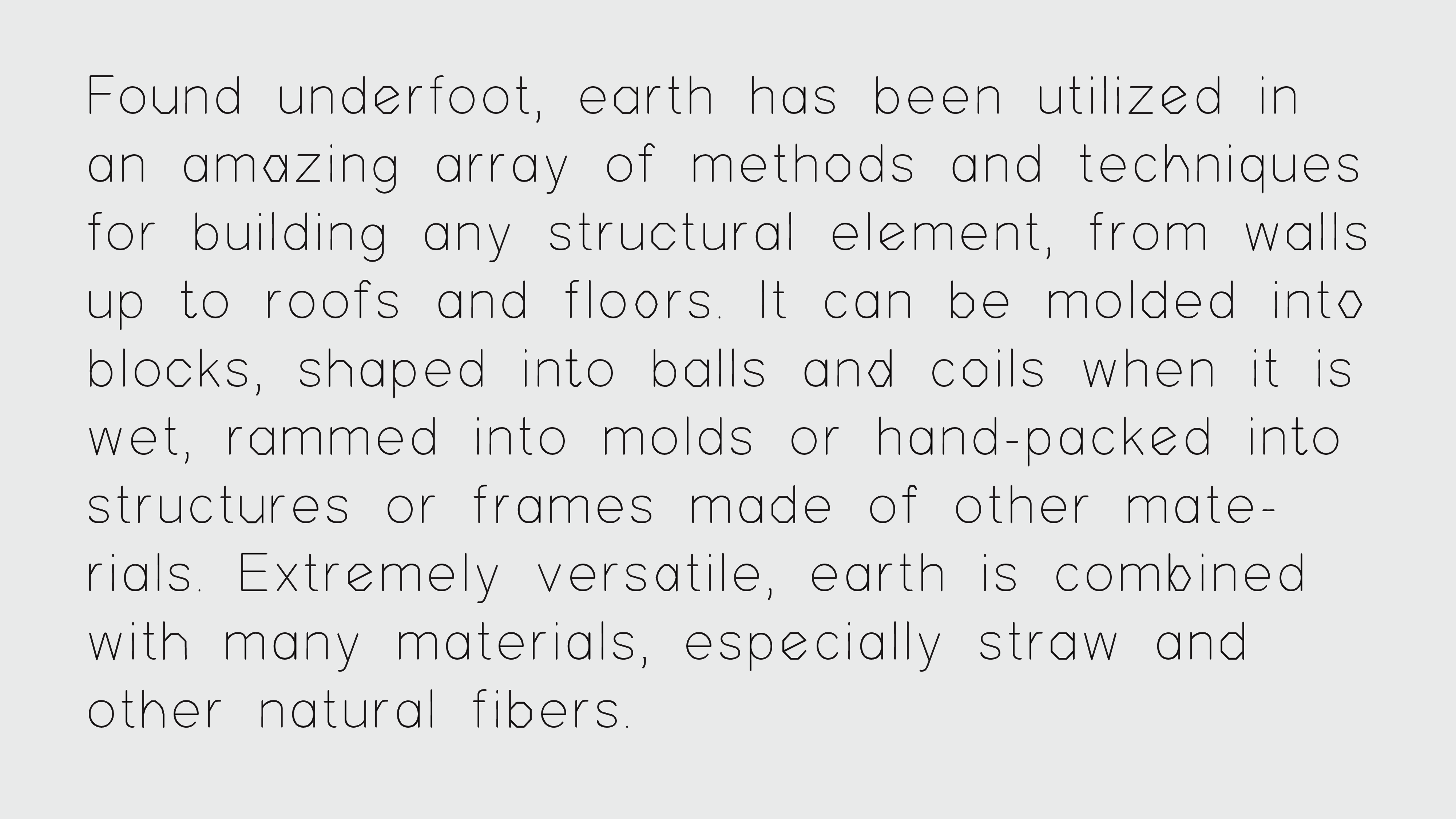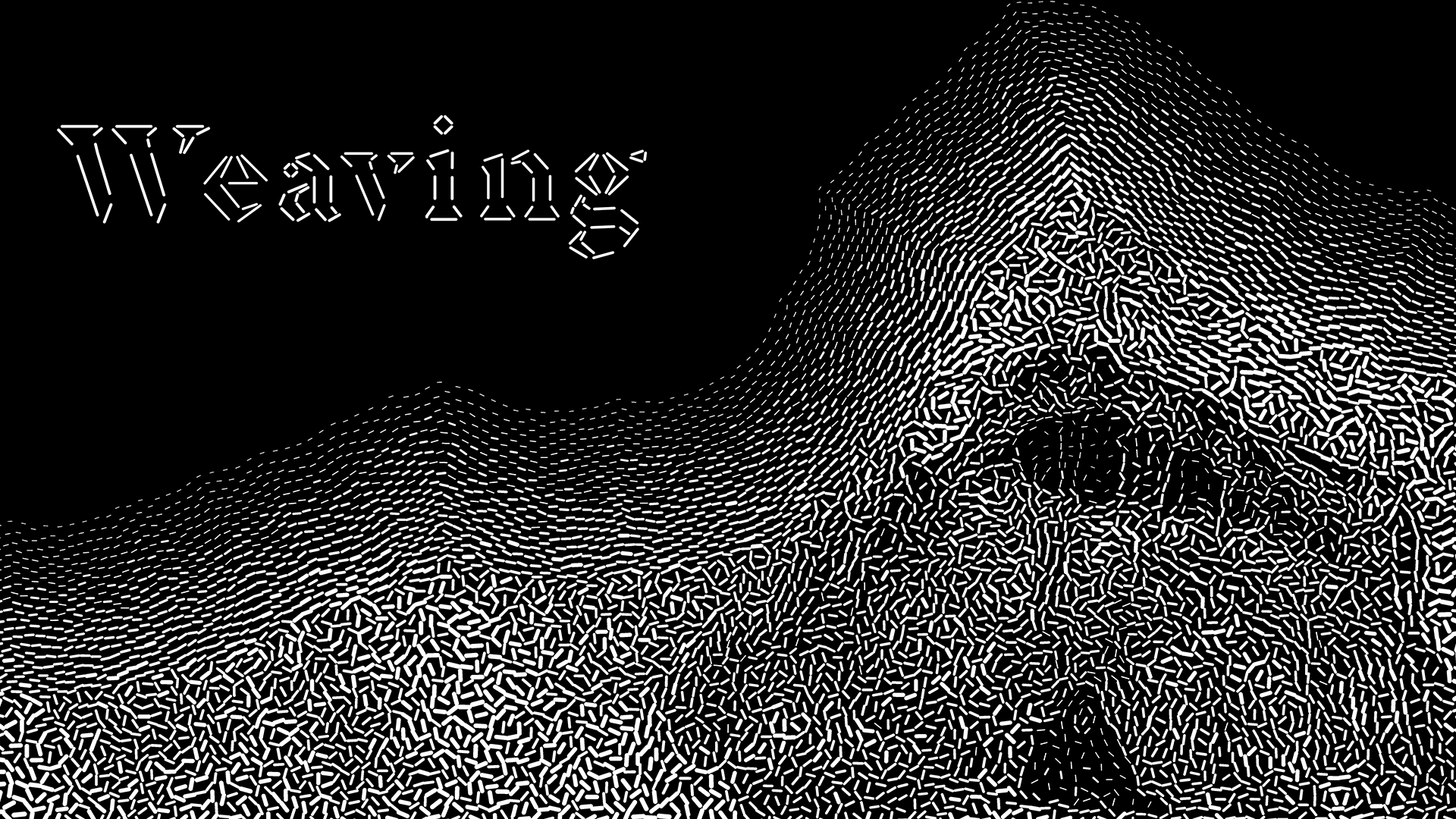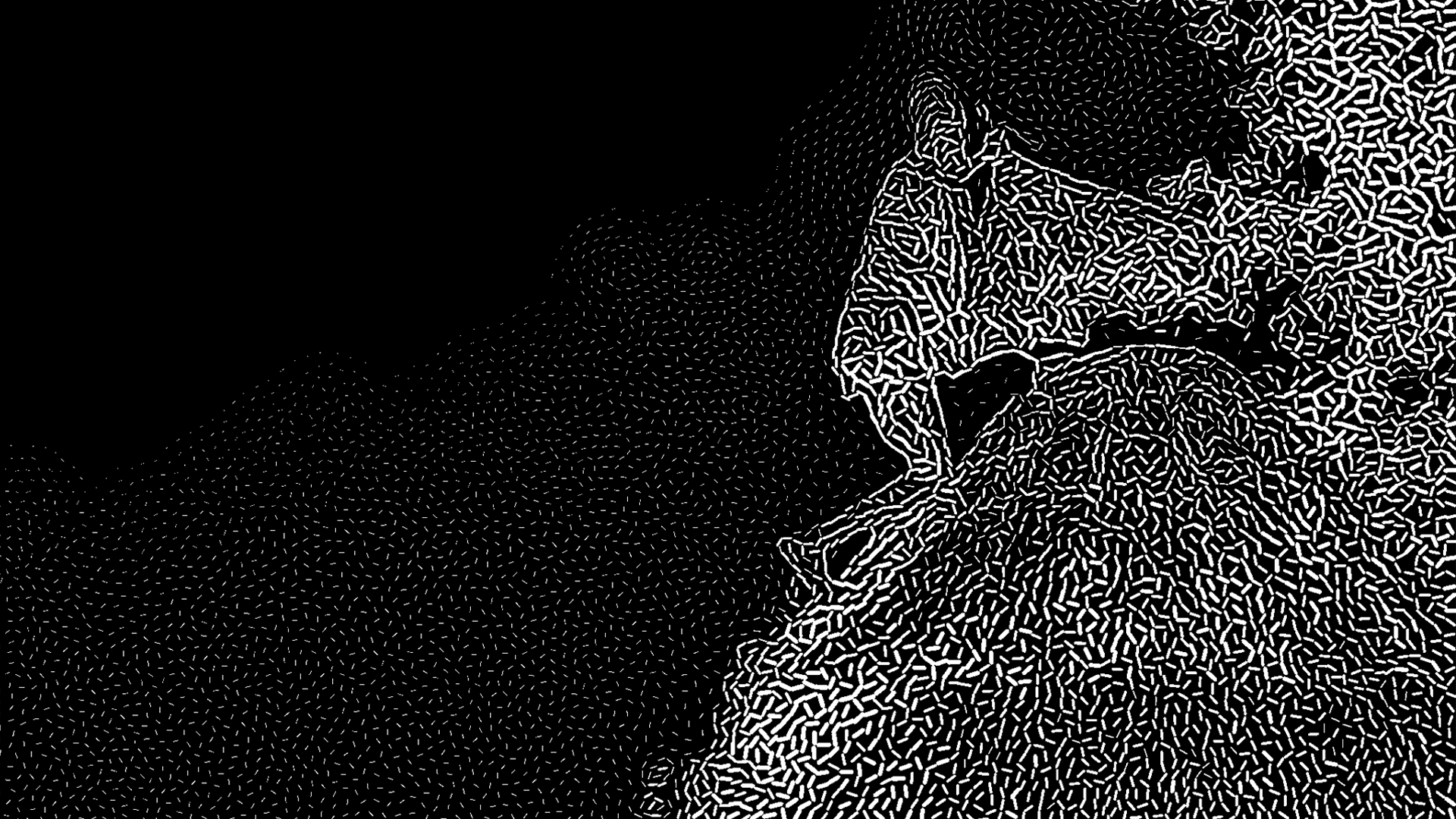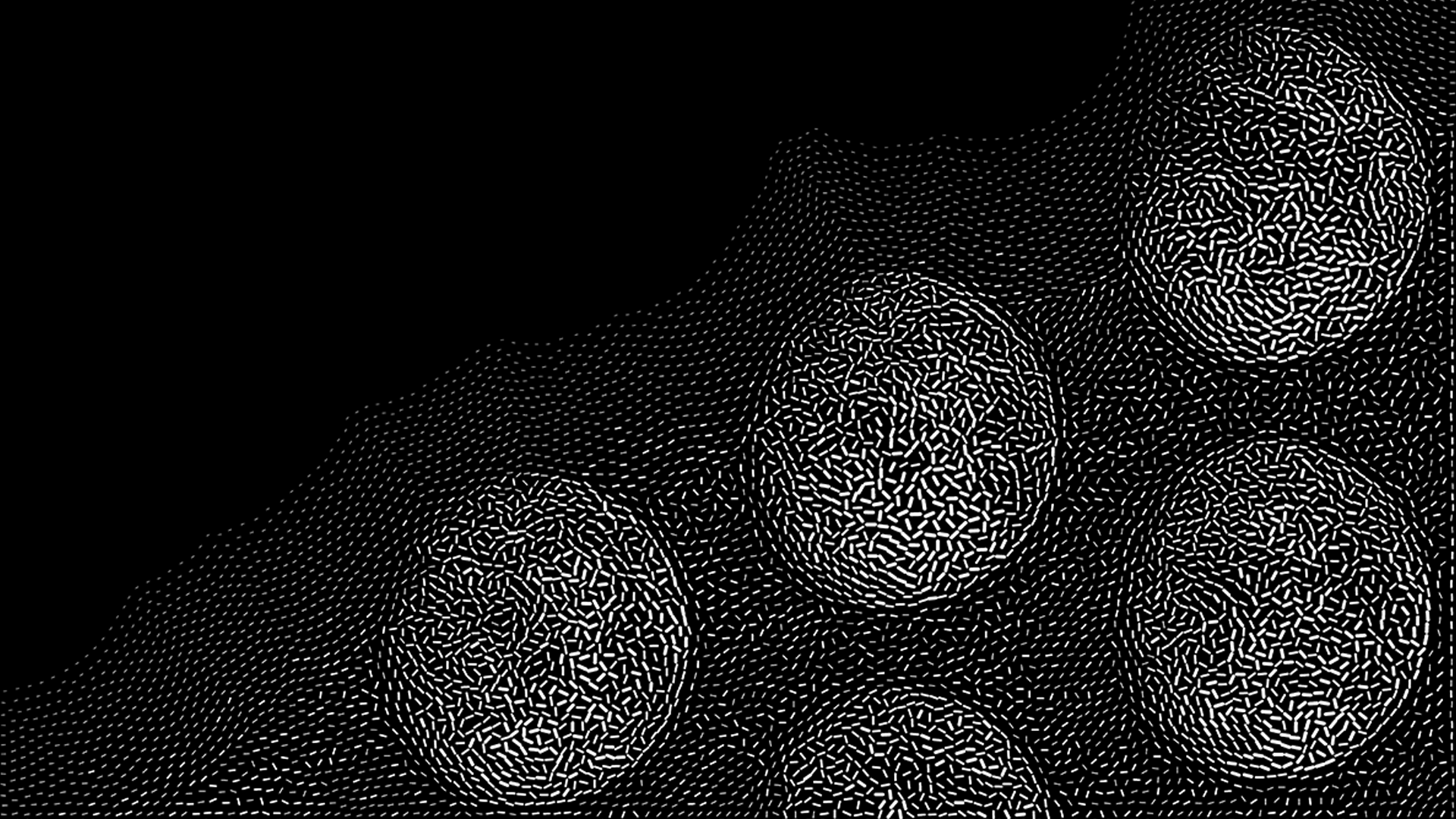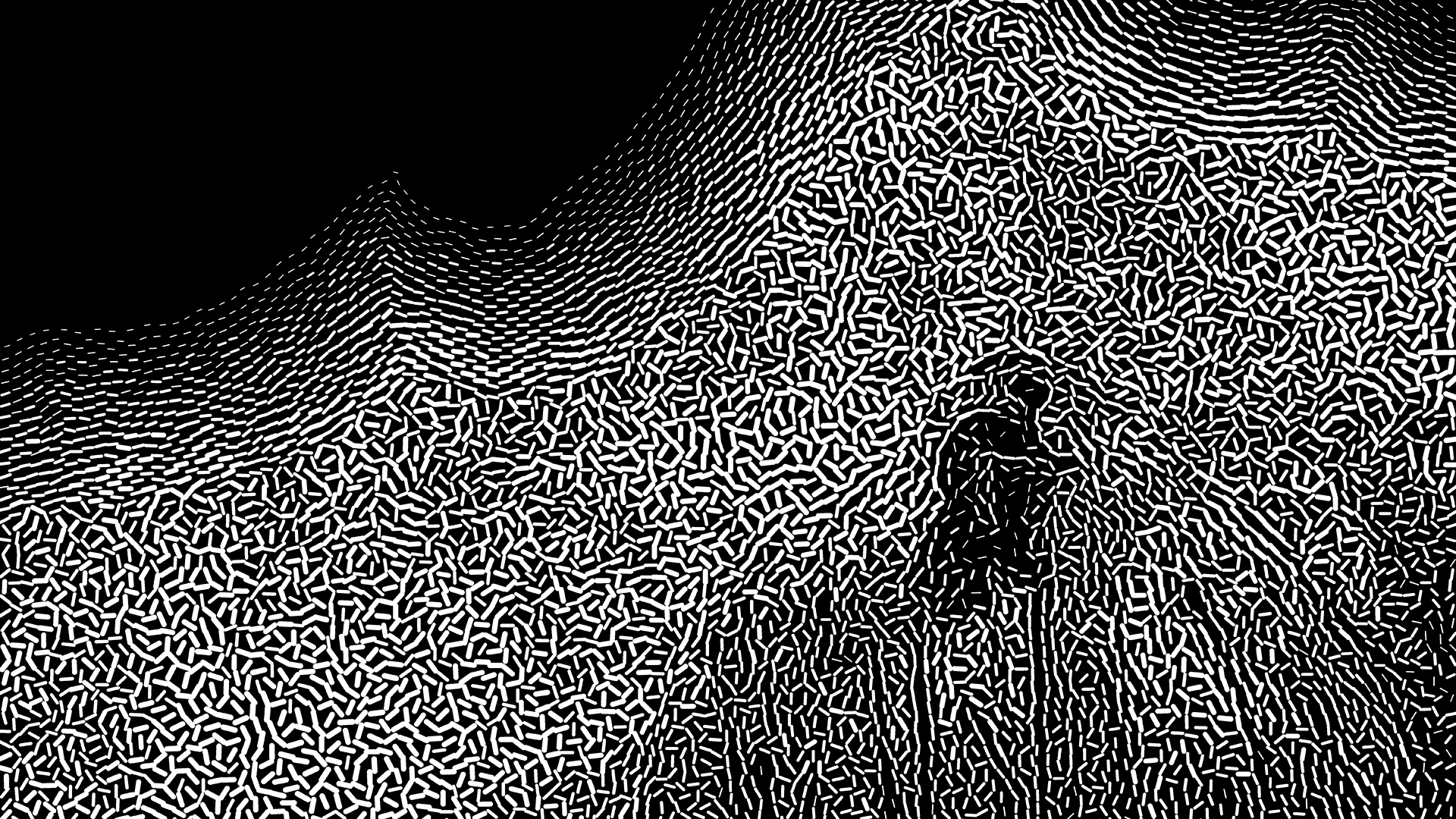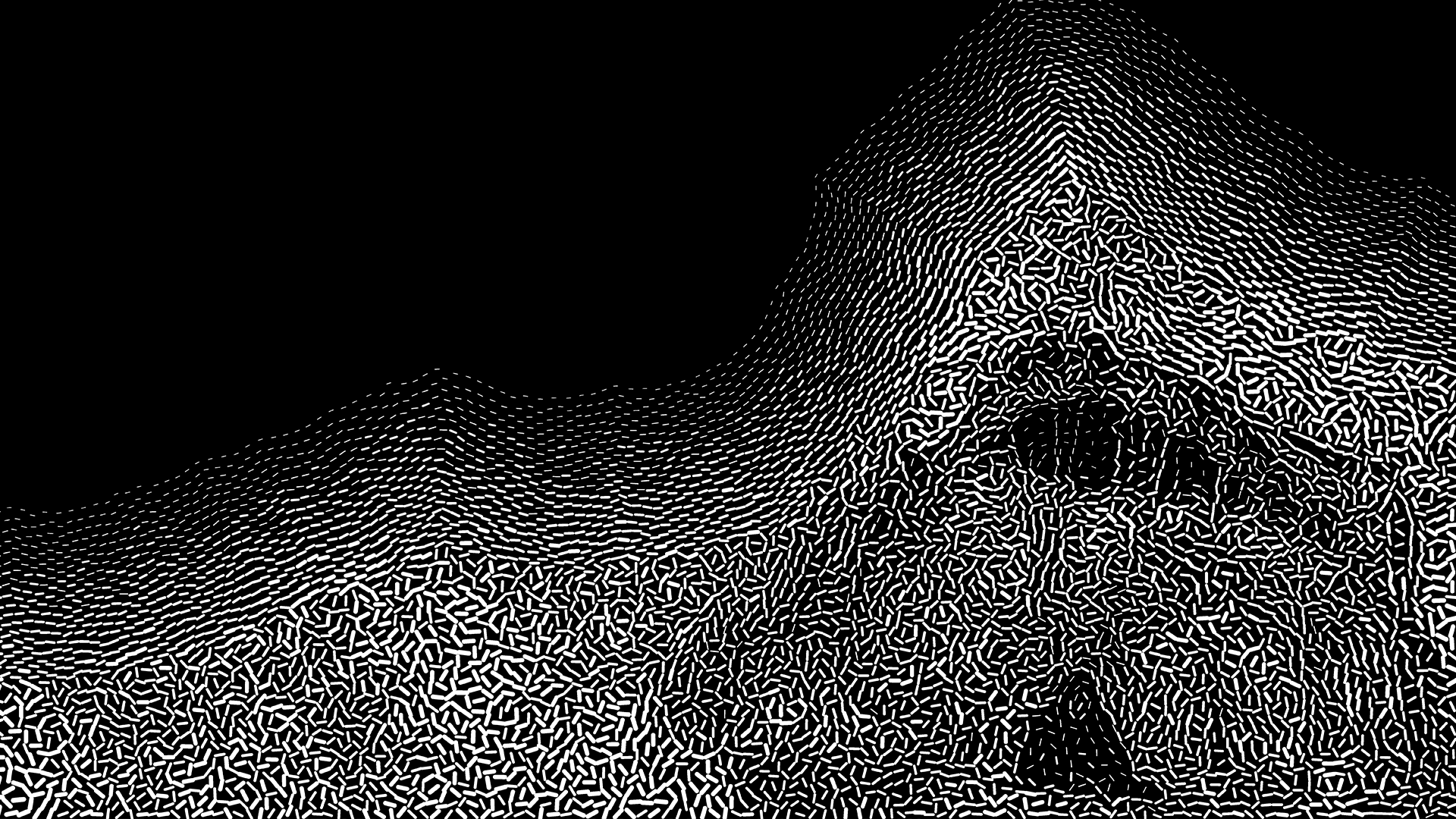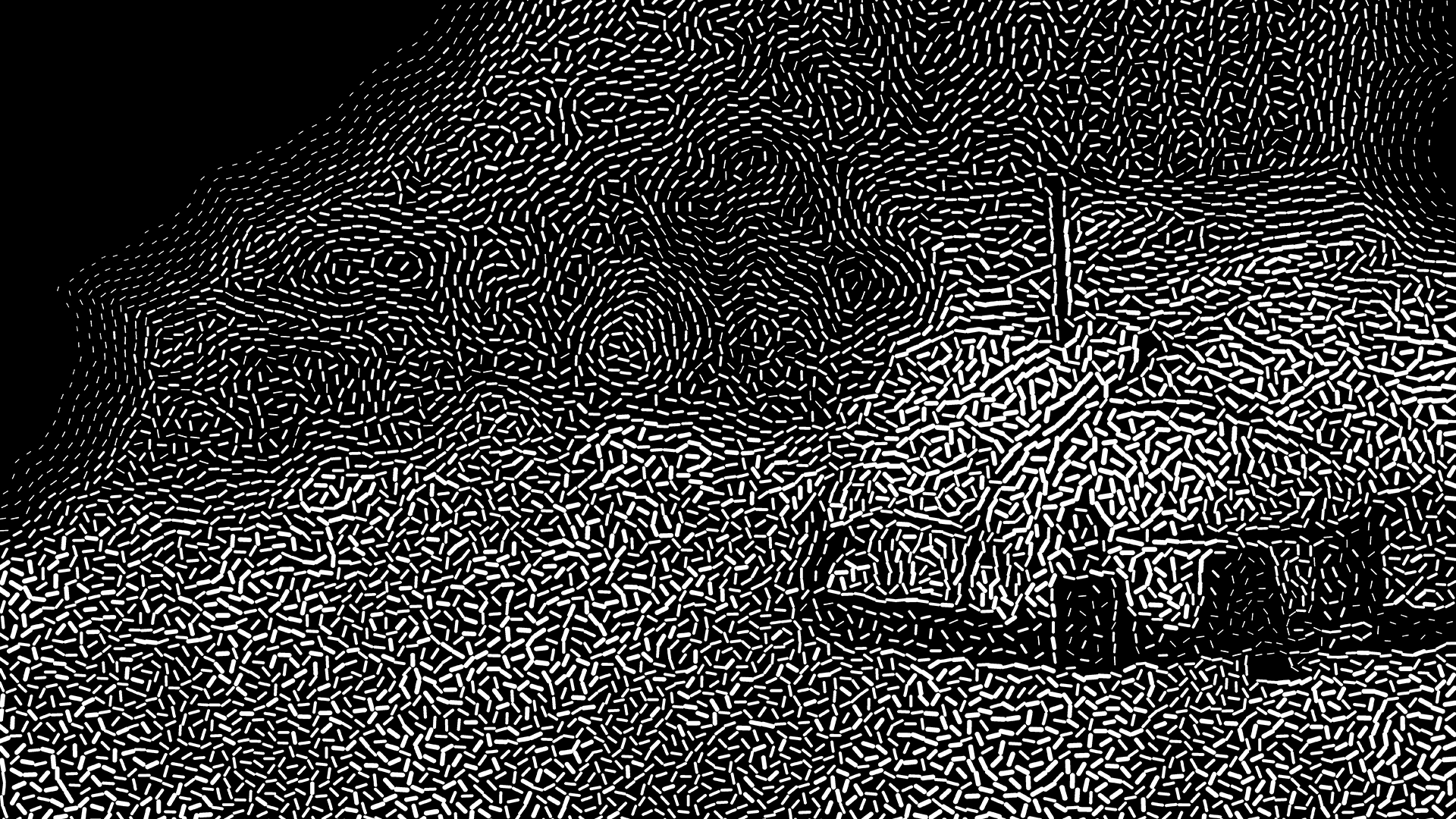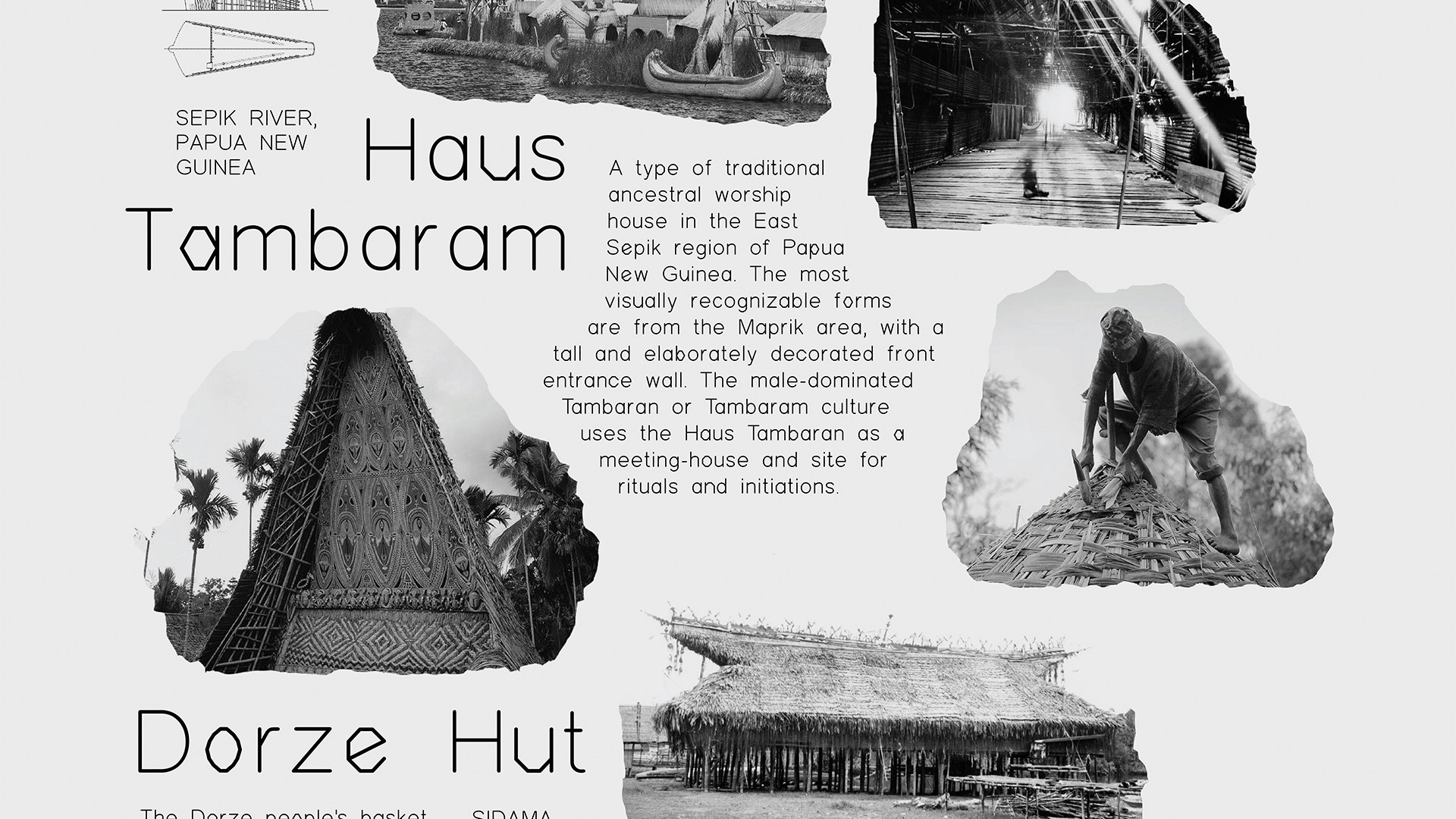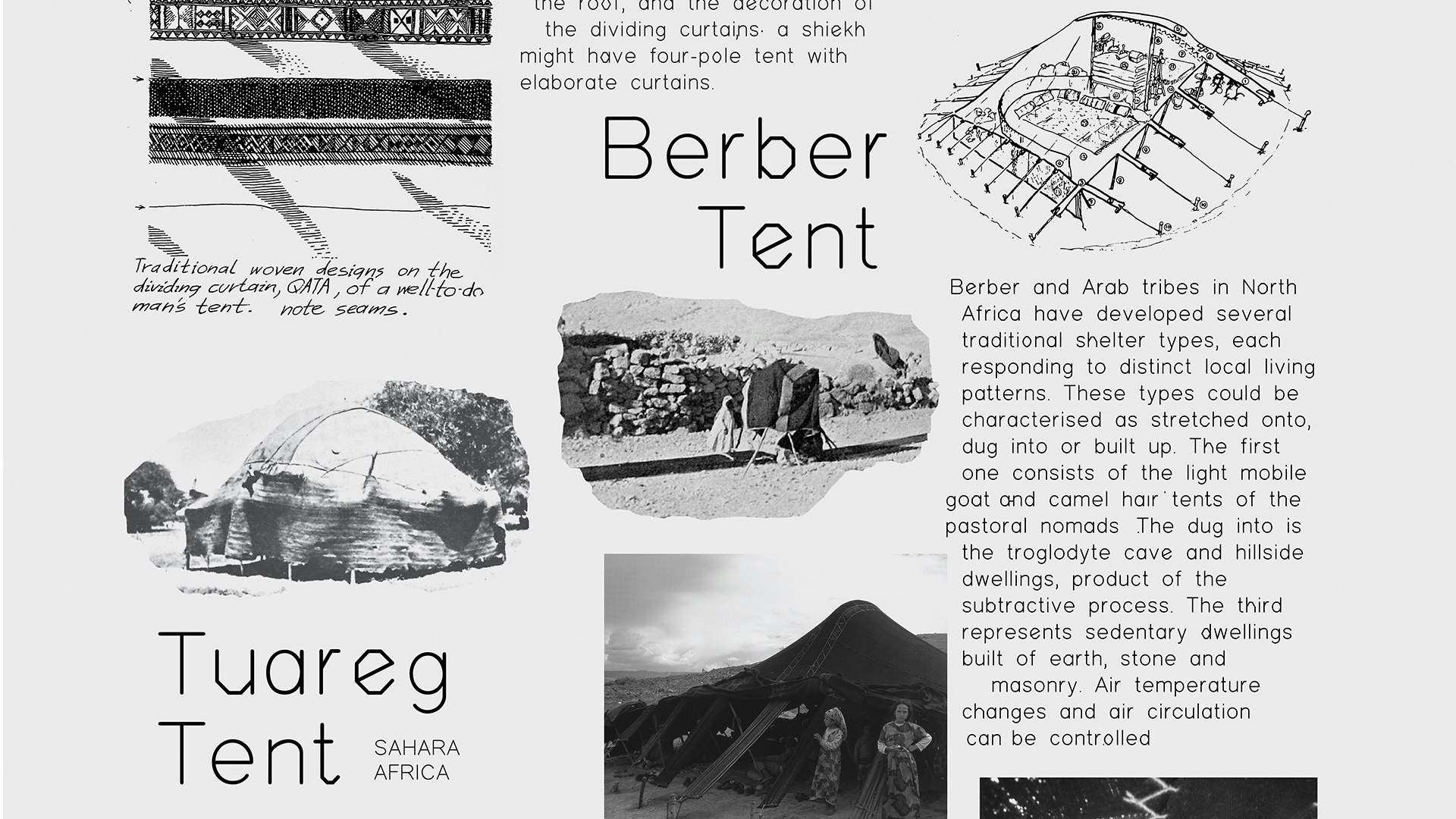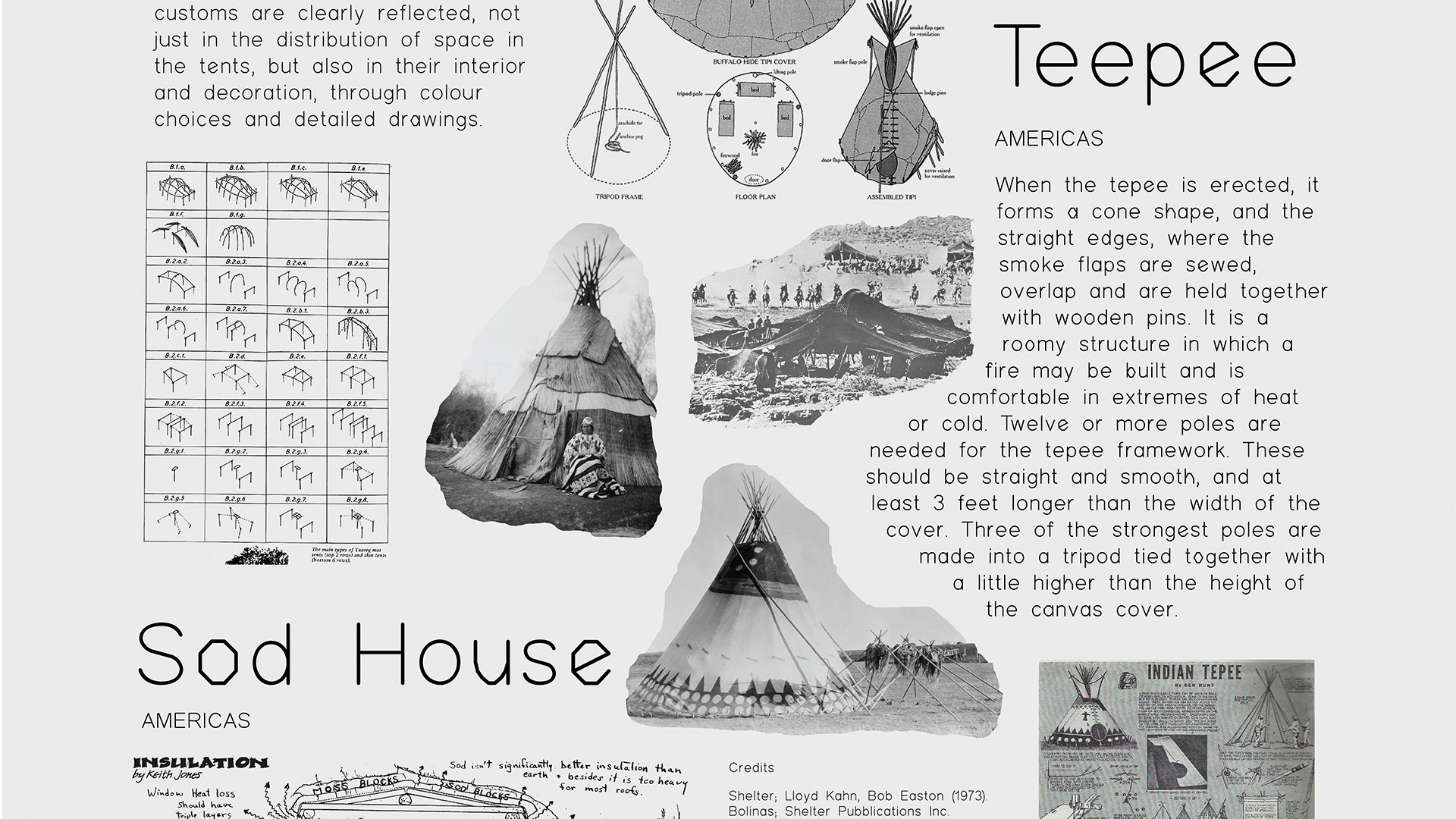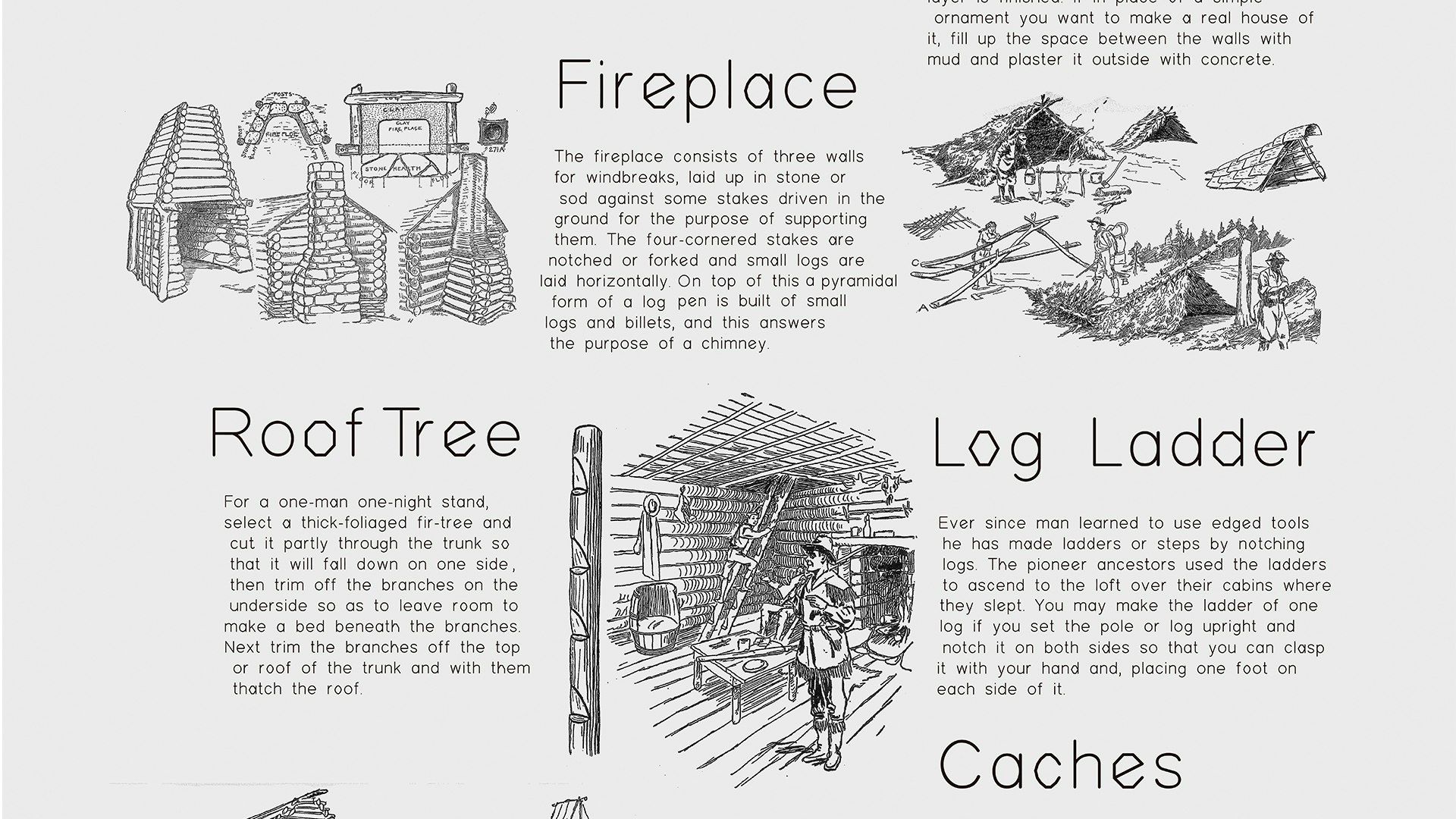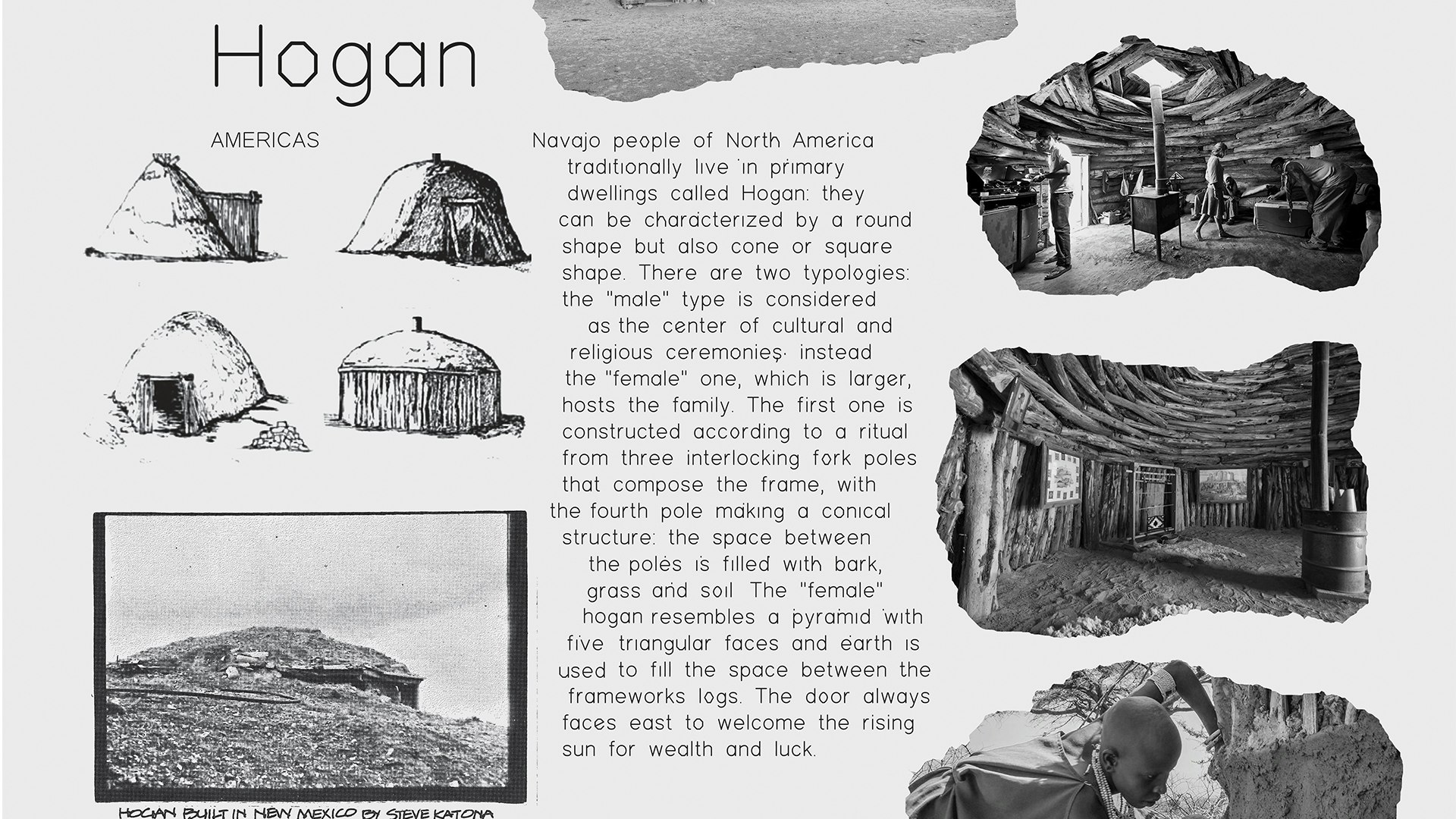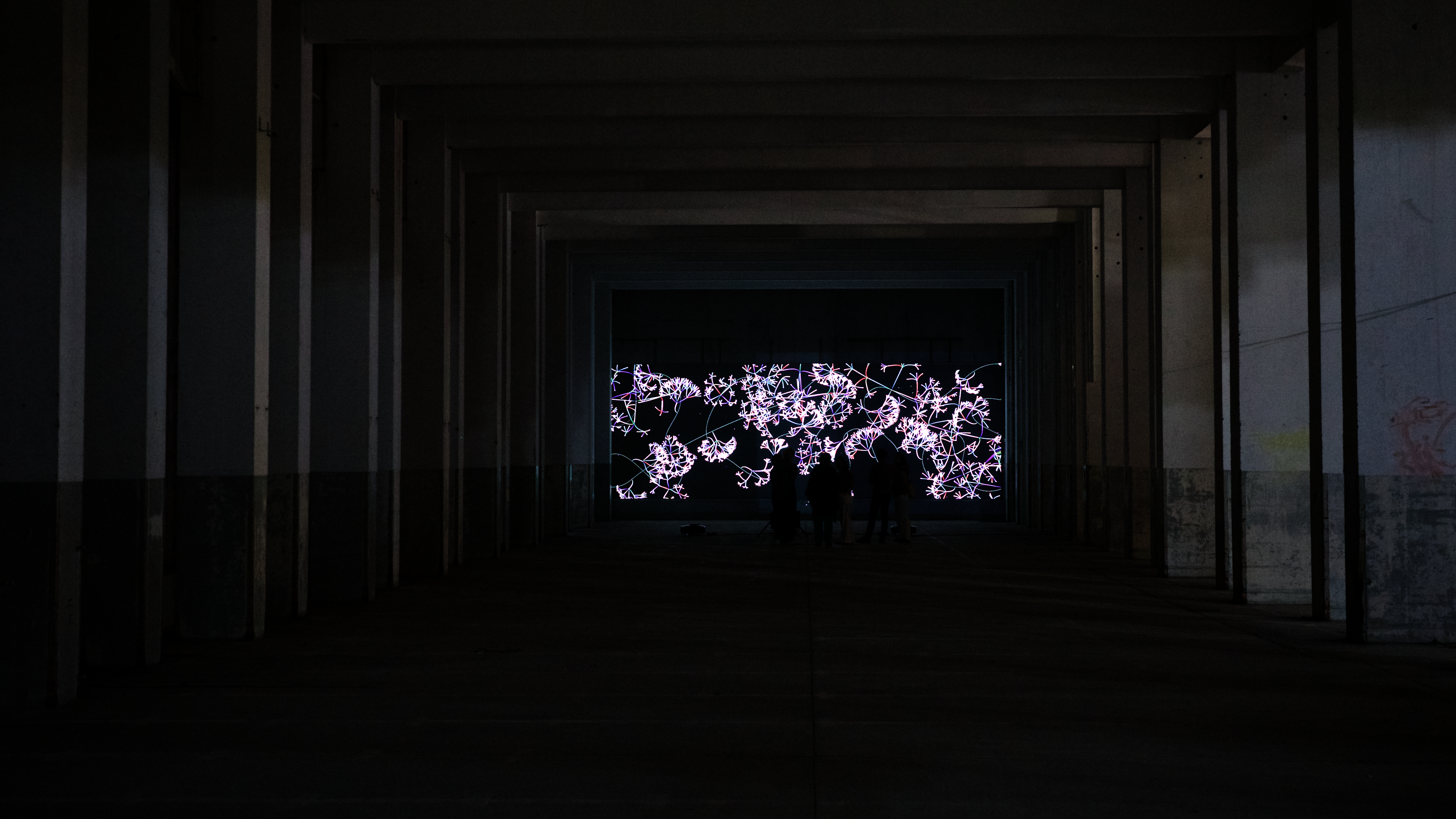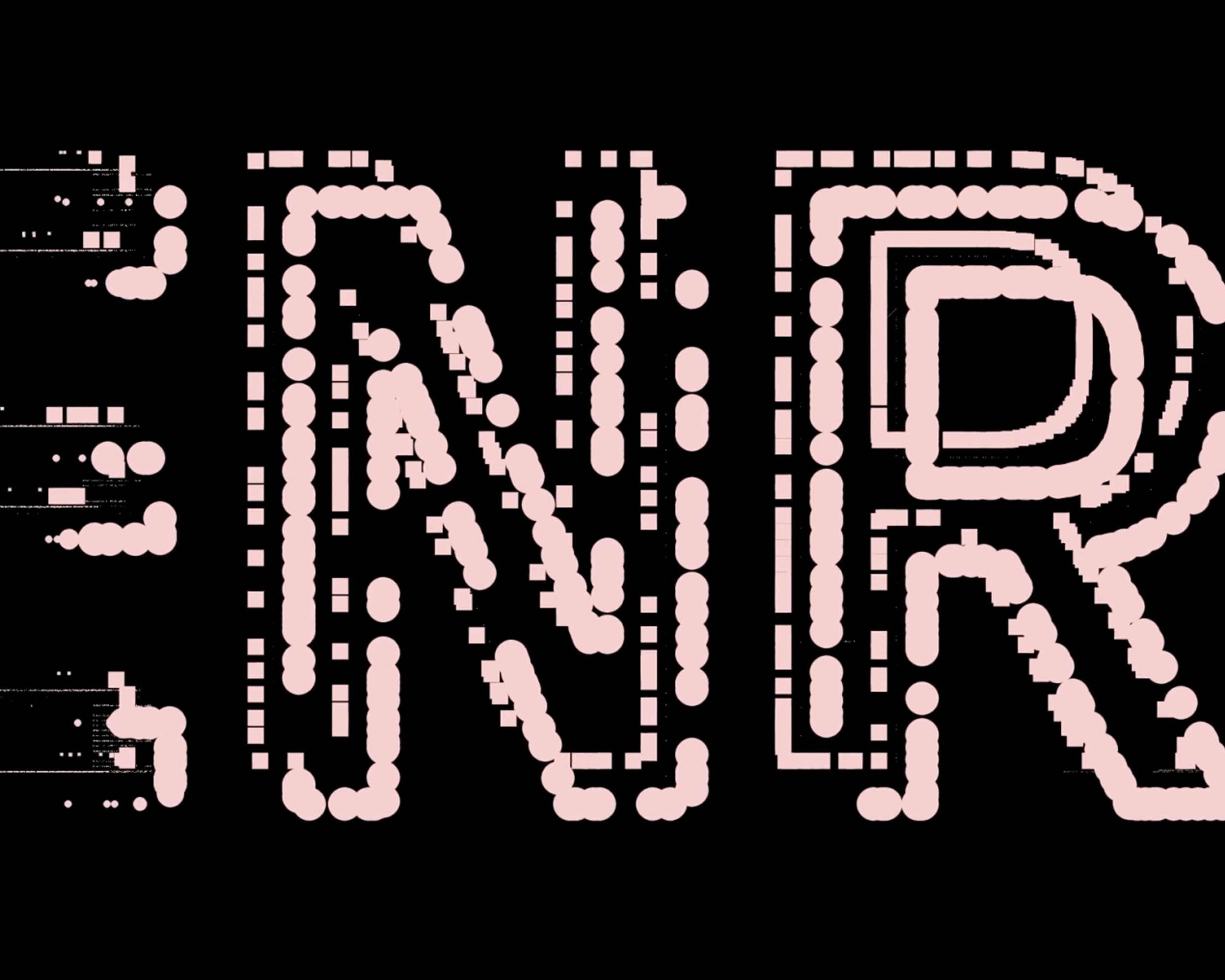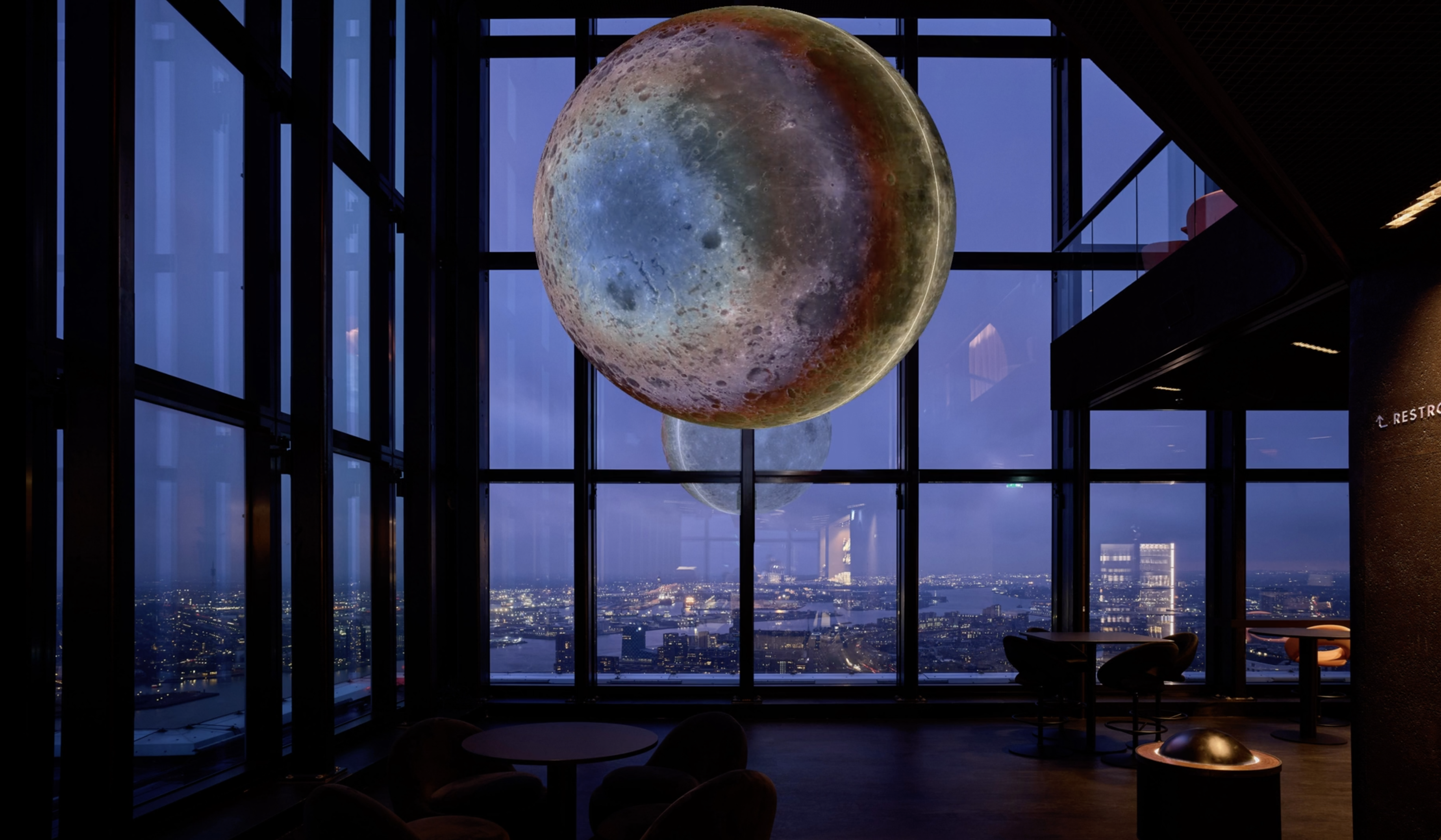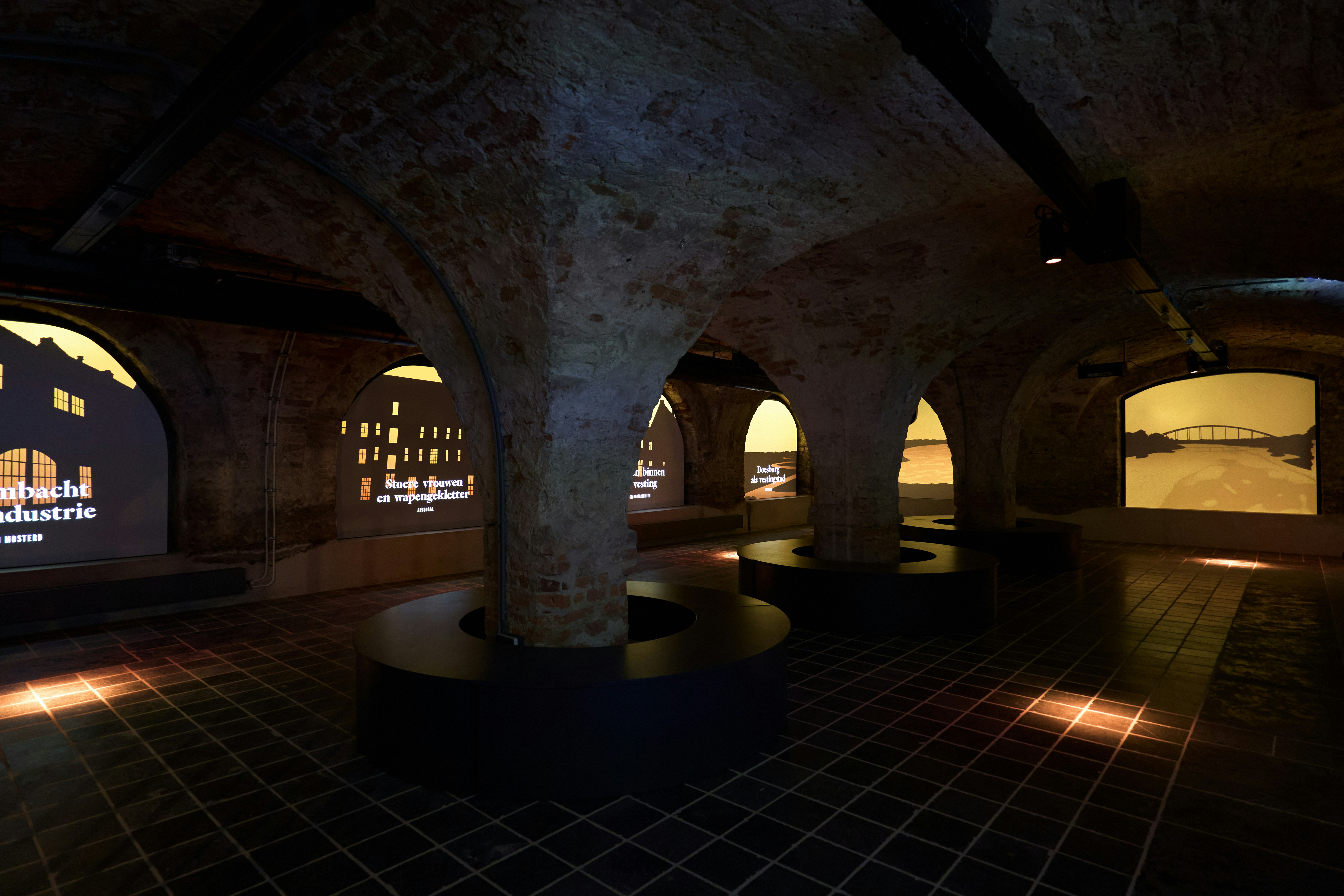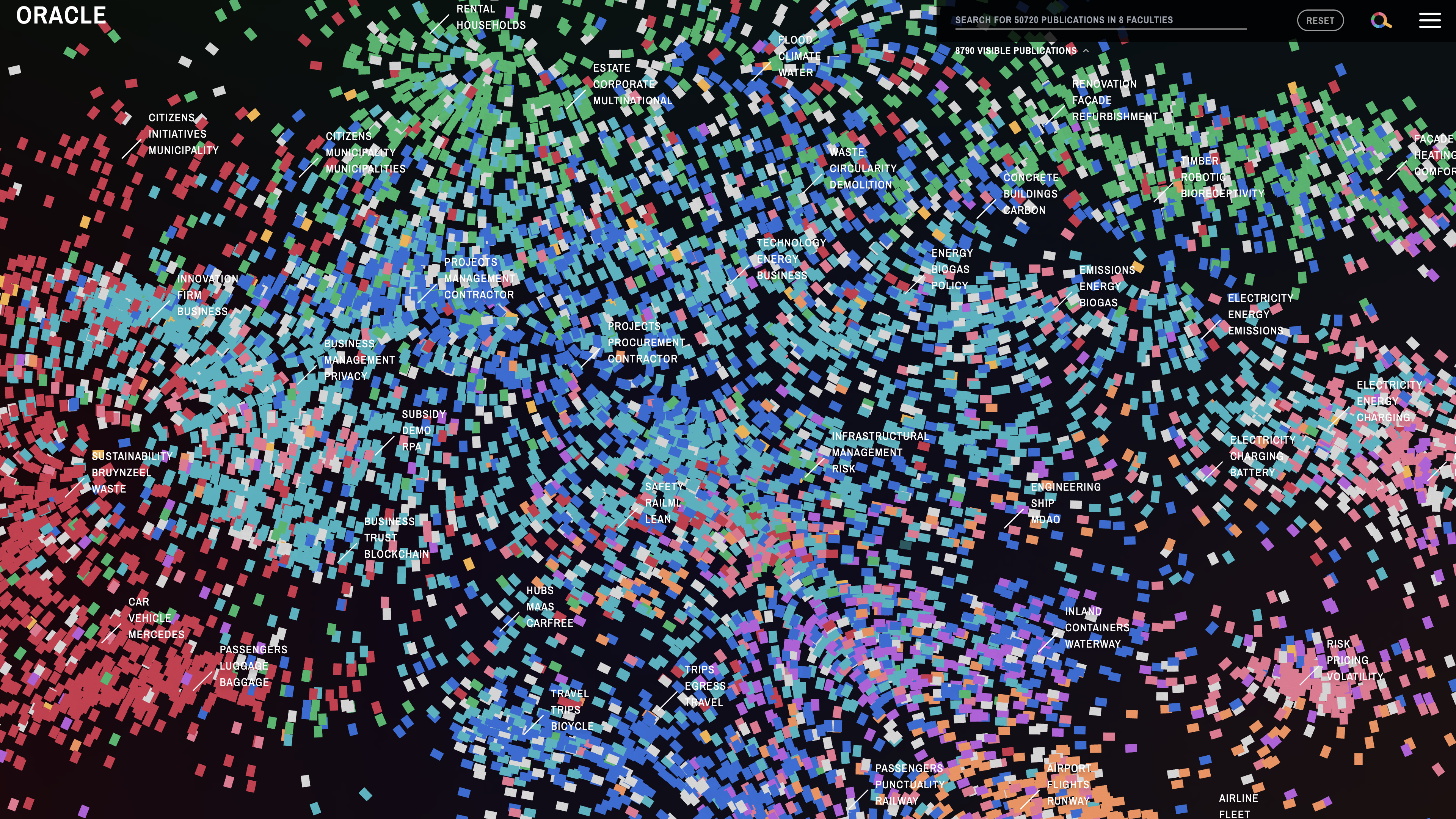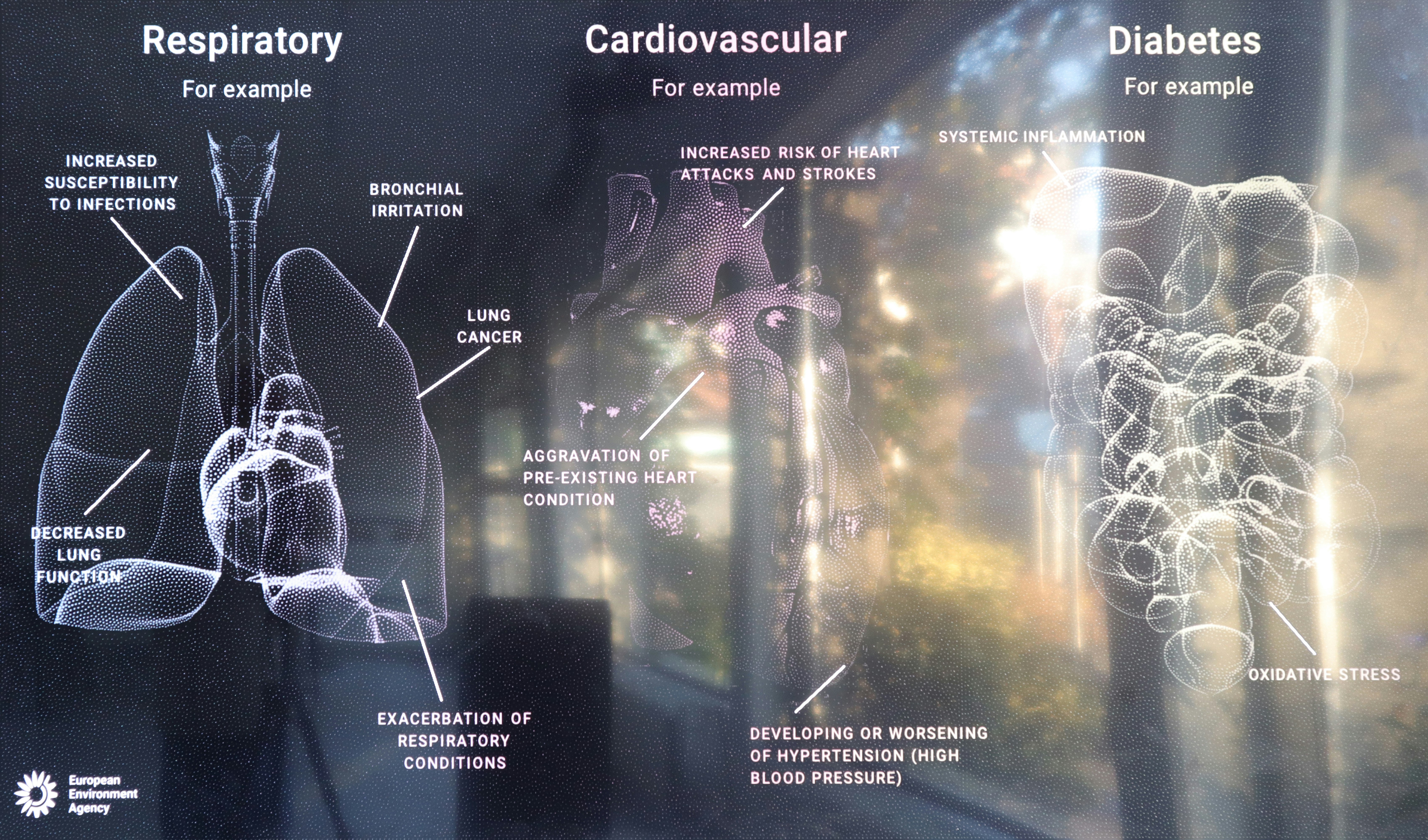Tod’s worked together with international architectural practice Studio Andrea Caputo, on ’No_Code Shelter: Stories of Contemporary Life’ for the Salone del Mobile 2019 at Le Cavallerizze in Milan’s Leonardo Da Vinci National Science and Technology Museum. The exhibition went back to the roots of architectural design, in the form of shelters.
The exhibition presented five shelters, a ‘Yurt’, a ‘Persian Camp’, a ‘Musgum’, a ‘Pitched Hut’ and a ‘Casamance’, from several geographical regions. Eight prominent personalities from the creative sectors were invited to discuss their own lifestyle and their reactions to contemporary life. Visitors can access each shelter and experience one of the eight video interviews.
Taking the basics of human needs as a starting point, each shelter was defined as a symbol of human evolution and response to an environmental and societal challenge. ‘No_Code Shelter’ was conceived as the synthesis of the obsessive long research that Lloyd Kahn, Stewart Brand, D.C. Beard and other experts have started last century. The ‘Whole Earth Catalog’ and the ‘Shelter publishing’ projects were re-elaborated to narrate the methodologies and the elements for housing and human life. RNDR was asked to design the visual language of ‘No_Code Shelter’.
